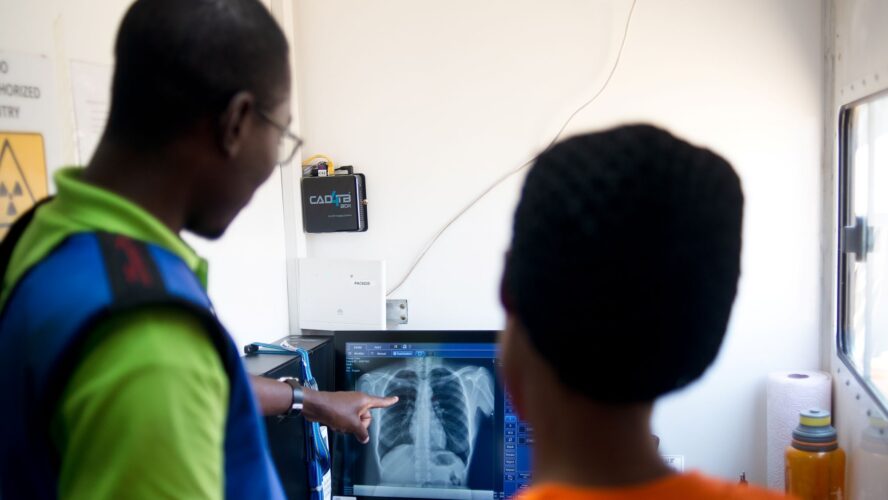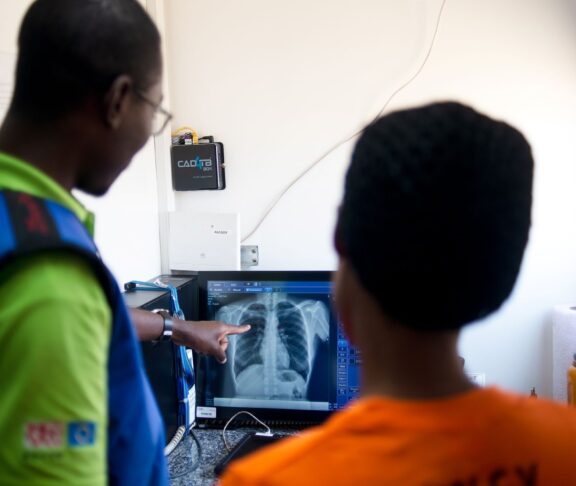
Dr Kavindhran Velen
Chief Scientific Officer, International Union Against Tuberculosis and Lung Disease
Ending tuberculosis in high-burden settings requires us to adopt evidence-based interventions. No one should be at risk of this deadly, but curable, disease.
It is a profound injustice that millions worldwide remain at risk of tuberculosis (TB) – a disease that is both preventable and treatable. Despite decades of knowledge and effective tools, such as ultraportable radiology, rapid molecular diagnostics and shorter and more effective treatment regimens, TB continues to devastate communities.
Ending tuberculosis demands action
The problem is no longer a lack of solutions, but a lack of political will, investment and recognition that the current trajectory will not achieve the goal of ending TB by 2030 or 2035.
The International Union Against Tuberculosis and Lung Disease (The Union) is calling for urgent adoption of evidence-based policies that break the chain of transmission in high-burden settings. History shows the way forward: in the latter half of the 20th century, community-wide active case finding and effective treatment eliminated TB in parts of Europe, North America, Asia and Oceania. This proven strategy must now be scaled globally to prevent further illness and death.
Policymakers must stop treating TB control as a cost centre and start seeing it as an investment in global health security.
An incredibly difficult funding and geopolitical landscape
Progress is being undermined by shrinking budgets and geopolitical instability. Cutting funding now is not only short-sighted but reckless – every dollar withheld means more lives lost and more infections spreading. Policymakers must stop treating TB control as a cost centre and start seeing it as an investment in global health security.
The return on investment is not just short-term health gains, but a reduction in new TB infections and a sustained reduction in the number of people with TB. This is good for people who are no longer at risk of suffering from, or dying due to, TB — but it also saves future costs in diagnosing and treating people with TB. Ignoring the prevention benefits of finding and treating people with infectious TB is a false economy that perpetuates the epidemic.
Now is not the time to retreat from the fight against TB
The Union urges leaders and donors to honour their commitments and dramatically increase investment in transmission-breaking investments. Communities must also be empowered to hold their governments accountable.
In 2025, no one should expect to face a high risk of TB infection. The tools to end this ancient disease exist. What is needed now is courageous resolve.

